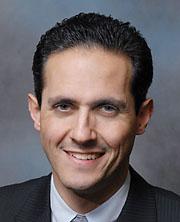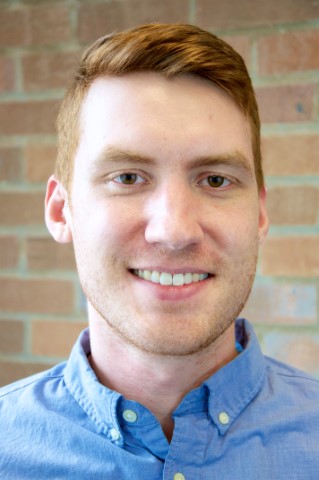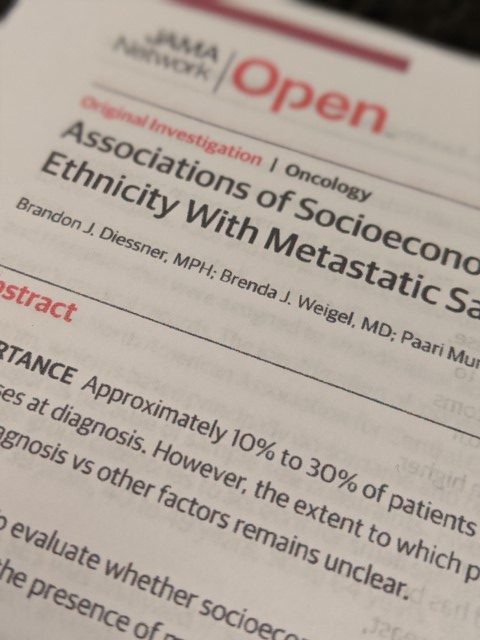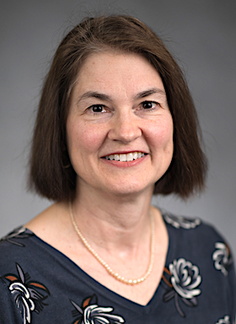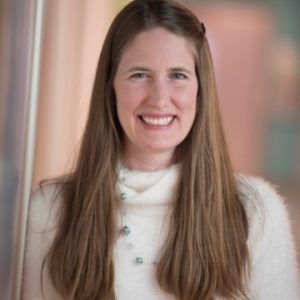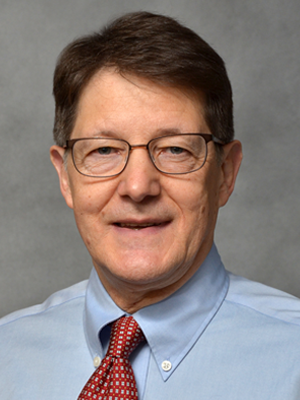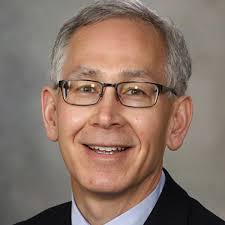
Dr. Scott Okuno is an Oncologist at the Mayo Clinic in Rochester, Minnesota, where he treats patients who have sarcoma. He works with a team of people who have different specialties, “a good group of people,” who are “learning all the time” and who put their knowledge together to decide how best to treat patients.
He is a Professor of Oncology, and in his academic research, he collaborates with physicians across the Midwest to design studies that will help doctors find better treatments for their patients. Dr. Okuno also serves in the Rein in Sarcoma Advisory Board, and in the Board of Directors.
Setting the Course
Dr. Scott Okuno grew up in Prospect Heights, Illinois. He went to St. Olaf College, and tells us: “there I met a gal who was from a small town in Minnesota, Kasson. We fell in love. We got married.” So, after completing medical school in Illinois, Dr. Okuno and his wife moved back to Southeast Minnesota to be near her home town. Dr. Okuno completed his Residency at Mayo, and also his Fellowship in Hematology and Oncology. He joined the Mayo Clinic staff in 1996 and has worked there ever since.
Scott Okuno, MDDr. Okuno knew “somewhere along the way” that he wanted to be a doctor. Being “engaged with people” interested him. In a sense he continued the family profession, as his dad was a pathologist and his mother a nurse.
When Dr. Okuno began working at the Mayo Clinic, he joined practice with a senior physician who was an expert in sarcomas. There was a need for a new doctor to train with this physician for several years, then carry on in his place. Dr. Okuno took on this role. As he began treating sarcoma patients, he started liking this work more and more.
At Mayo, an oncologist like Dr. Okuno does not treat patients alone. There is a team of people, a good group of people, who get to know each other and work together. The doctors have different specialties, and they put their knowledge together to decide on the best treatment for their patients. It’s a “happy environment,” which makes him want to stay. Every week, every day, he learns more. He says, “we’re learning all the time.”
A Goal for Sarcoma Treatment
For sarcoma, what doctors would really like to learn is better treatment options. It is hard to conduct clinical studies in sarcoma, because there are so few people who get the disease and there are so many variations within the disease. Sarcoma is not just one cancer, and the different types respond to medicines differently. But the Mayo doctors, along with other major academic centers in the Midwest – including Rein in Sarcoma partner University of Minnesota – are collaborating to design studies that will provide useful new information more quickly. By pooling their resources and sharing patient information, they can get answers more effectively.
Joining with the Rein in Sarcoma Foundation
Dr. Okuno was introduced to Rein in Sarcoma’s work when he got a call from Dr. Keith Skubitz, asking him to review proposals for the research grants being awarded by RIS. He was interested to read about all these projects. At about the same time, he received a request to meet with RIS President Pete Wyckoff, to discuss a more active role for him and his colleagues. One wintry day Pete did drive down, with sarcoma survivor Kevin O’Keefe, and the three men talked
Dr. Okuno also was encouraged by two patients who had been touched by RIS. He realized that doctors alone “can’t do it all.” Doctors are able to see their patients for a half hour or an hour, and in that short touch point must discuss a potentially life-threatening illness or body-altering experience. Patients then must go home to live and function within their families and communities. There is a need for an organization to connect these patients and their families with good information and with others who have faced the same things.
He found RIS to be passionate, organized, and focused on an important message. He has consulted with the Red Flags team to provide accurate medical information. In July 2014, he attended his first-ever Party in the Park. “What a beautiful event,” he says. The weather was awesome, the crowd was great, and the memorials and luminary readings provided touching moments.
A Hope for the Future
Working with his Mayo team, and in collaboration with others, Dr. Okuno would like to continue conducting the research studies that may improve outcomes for sarcoma patients. And here is a goal we all can embrace.

